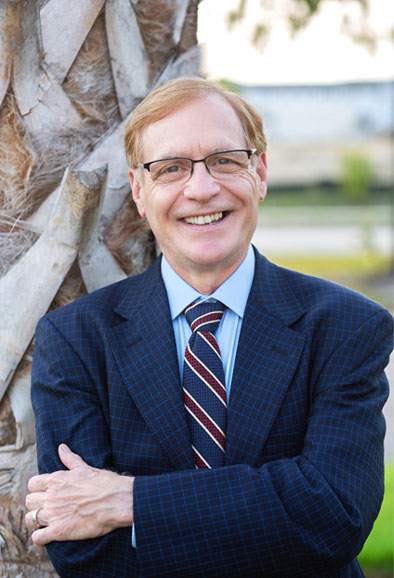

If global climate change continues to follow existing trends, an additional problem relating to species range shifts arises. It is important to note, however, that even though humans are manipulating the environment globally, smaller-scale habitat alteration and fragmentation (e.g., of the sort associated with agriculture) also play an important role. While symptoms of climate change (e.g., coral bleaching) have already been observed, the potential indirect, cascading effects of continued atmospheric alteration remain uncertain but troubling. For instance, terrestrial organisms that rely on thermal cues in various parts of their life cycles would experience stresses, and warmer water contains less dissolved oxygen, which reduces its ability to support aerobic life.

The effects of a warmer planet extend beyond higher sea levels.

Since such a diet transfers a higher percentage of the energy captured by agriculture directly to humans rather than allowing for it to be lost by maintaining livestock, it could allow both for higher human N and more extensive resource use in other areas of lifestyle. While a population crash resulting from increased death rates might occur in a variety of disaster scenarios, population decline via decreased reproduction need not involve anything remotely apocalyptic, nor would a shift to a primarily plant-based diet. At issue is the manner by which our species’ population reduction will occur-in particular whether it will result primarily from increased death rates or decreased birth rates. As a species with a global distribution, humans have extremely limited opportunities for emigrating to suitable, unoccupied habitat. Without technological advances in the areas of energy and food production and/or a radical shift in per capita resource use, the global human population must eventually fall below current levels. Either scenario involves a profound decline in human population, one of the order of two billion people. Smil predicts that human K would then decline roughly 40%, to somewhere in the 3.6–4.2 billion range, with the lower figure assuming that the reduction should be computed from the human N of six billion, current in 1999 when Smil published his article, and the higher figure assuming that Smil’s 40% figure would still hold in reference to today’s human N. However, in a future without a viable replacement for fossil fuels or some alternative means of sustainable food production, a lack of food will lead to increased death and/or decreased reproductive rates. (Global food production is sufficient to meet the nutritional needs of every human on earth the roughly one billion people who experience malnourishment today do so because of problems with food distribution ). As that process continues, famine will no longer result from an inability to distribute existing global food supplies, as it does today. Currently, we have no viable alternative to fossil fuels, and as human N and per capita human resource use both increase, dwindling fossil fuels will become more expensive. Nevertheless, industrially produced fertilizer will remain cheap only as long as the fossil fuels used to manufacture it do. Vaclav Smil notes that technological innovation in the form of cheap, industrially produced fertilizer supports roughly 40% of the human population by radically increasing agricultural yields. However, whether or not overpopulation degrades habitat, if a species’ N exceeds a habitat’s K for that species, the species’ N must decline from an increased death rate, decreased reproductive rate, and/or emigration to other habitats.īriefly put, the dilemma is that given uncertainties about future technological innovations, no one can provide a persuasive prediction of human K for the next 100–200 years. For instance, a deer population in excess of a habitat’s K might so thoroughly consume available plants that the soil is left bare, allowing erosion that leaves the habitat incapable of supporting the same numbers and types of plants and, consequently, the same number of deer as before.

Carrying capacity, abbreviated K, refers to the number of individuals of a particular species that a habitat can support without the species’ use of that habitat rendering it less able to support that species in the future. Population size, abbreviated N, refers to the number of individuals of a particular species living in a particular place. Two ecological topics provide a useful starting point for our consideration of humanity’s future: population size and carrying capacity.


 0 kommentar(er)
0 kommentar(er)
